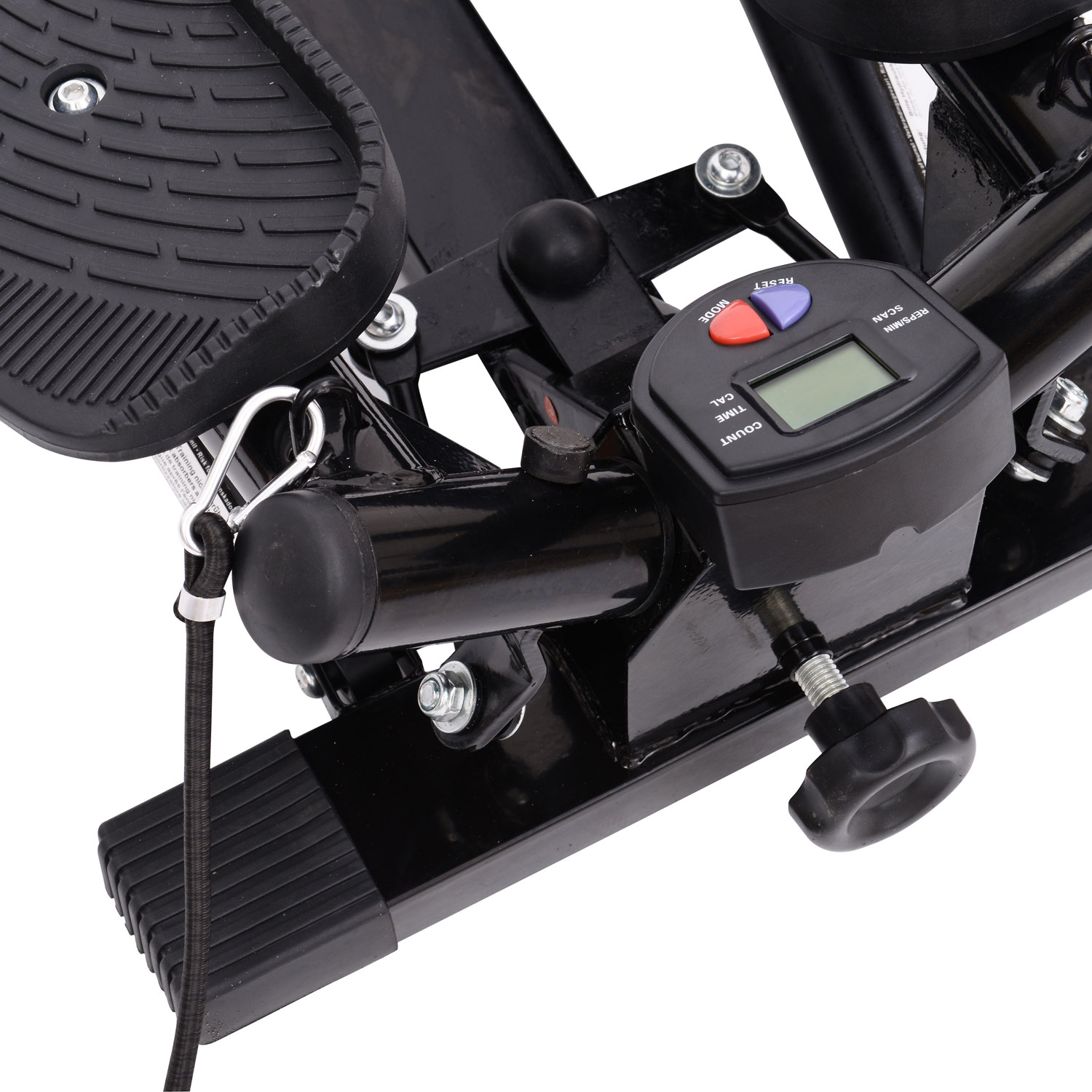

- ITONER FITNESS FOR MAC
- ITONER FITNESS INSTALL
- ITONER FITNESS SOFTWARE
- ITONER FITNESS PC
- ITONER FITNESS LICENSE
The steps to use iToner for Mac are exactly like the ones for Windows OS above. Click on it and start using the application. Now we are all done.Ĭlick on it and it will take you to a page containing all your installed applications.
ITONER FITNESS INSTALL
Now, press the Install button and like on an iPhone or Android device, your application will start downloading. A window of iToner on the Play Store or the app store will open and it will display the Store in your emulator application. Once you found it, type iToner in the search bar and press Search. Now, open the Emulator application you have installed and look for its search bar. If you do the above correctly, the Emulator app will be successfully installed.
ITONER FITNESS LICENSE
Now click Next to accept the license agreement.įollow the on screen directives in order to install the application properly.
ITONER FITNESS PC
Once you have found it, click it to install the application or exe on your PC or Mac computer. Now that you have downloaded the emulator of your choice, go to the Downloads folder on your computer to locate the emulator or Bluestacks application. Step 2: Install the emulator on your PC or Mac
ITONER FITNESS SOFTWARE
You can download the Bluestacks Pc or Mac software Here >.

Most of the tutorials on the web recommends the Bluestacks app and I might be tempted to recommend it too, because you are more likely to easily find solutions online if you have trouble using the Bluestacks application on your computer. If you want to use the application on your computer, first visit the Mac store or Windows AppStore and search for either the Bluestacks app or the Nox App >. At the end of the 800 hours, the deltaE of the Xeikon printed sample was less across all seven colors, with an average deltaE of 7.6, compared to 12.2 for the inkjet-printed label and 37.3 for the alternative liquid toner technology.Ĭlick here for more stories about Xeikon on L&L.com.Step 1: Download an Android emulator for PC and Mac The deltaE, which is the unit of measure of color difference, was measured for seven different colors of each label. Each label, lying side-by-side, was exposed to 800 hours of sunshine during the four months of April to August this year. During the exercise, which was carried out by an independent printer, three identical labels were printed on the same material using three different technologies: UV inkjet, liquid toner and Xeikon’s dry QA-I toner. Visitors to Labelexpo Europe also observed the results of a benchmarking exercise that was conducted recently between different digital printing technologies. ‘The raised performance of both light fastness and food safety of the two spot colors now enables label printers to broaden the range of applications they can offer,’ added Weymans. By optimizing the color pigments, they now meet FDA requirement for both indirect and direct dry food contact. When first released, they met the FDA requirements for indirect food contact. The R&D team also focused on improving the food safety performance of the two QA-I spot colors. With the light fastness of both colors now lifted to six on the blue wool scale, labels created with QA-I toner can easier meet the demanding requirements of this market.’ ‘For example: warning signs placed on the outside of large drums carrying potentially dangerous contents typically use these two colors and they are often exposed to UV light for long periods of time. ‘Red and orange are both used a lot in the chemical industry,’ said Filip Weymans, marketing and business development manager, labels and packaging, at Xeikon. Since that initial release, the toner R&D group at Xeikon has continued to optimize the pigments used in the toner and have now lifted both colors up to be in line with the others. At the time, the performance of spot orange and red lagged slightly behind the rest in light fastness and food safety. The new toner featured advances in color gamut, fast lightness and food safety and was released in all the standard CMYK process colors along with a series of off-the-shelf spot colors – orange, green, red, blue, extra magenta, clear and white. Xeikon launched the QA-I toner, developed for the label and packaging market, in 2010. Visitors to the Xeikon stand also saw the results of a recent light fastness benchmarking test. Both colors now meet FDA food safety requirements for both direct and indirect dry food contact. The new spot colors feature an improved light fastness up to a level of six on the blue wool scale. Xeikon launched a new version of its QA-I toner in spot red and orange at Labelexpo Europe.


 0 kommentar(er)
0 kommentar(er)
